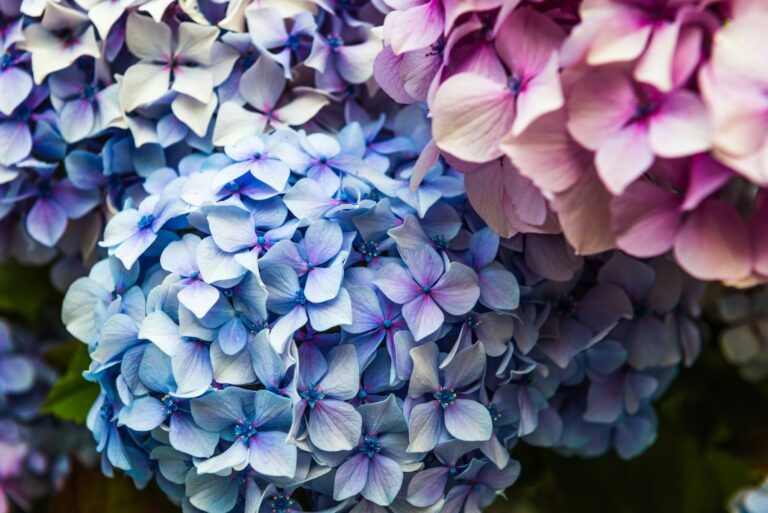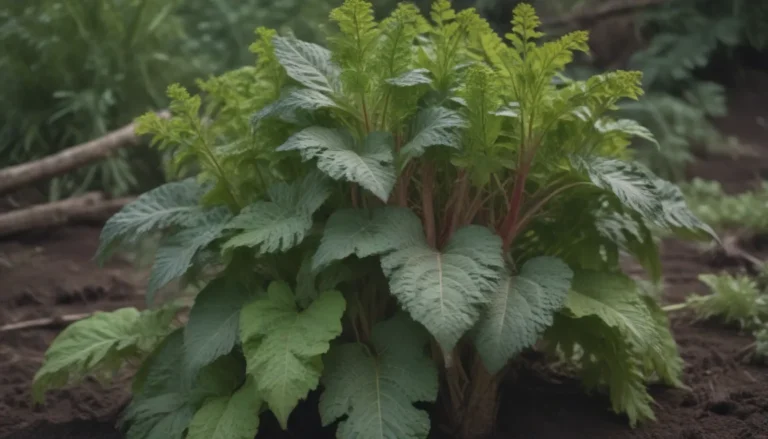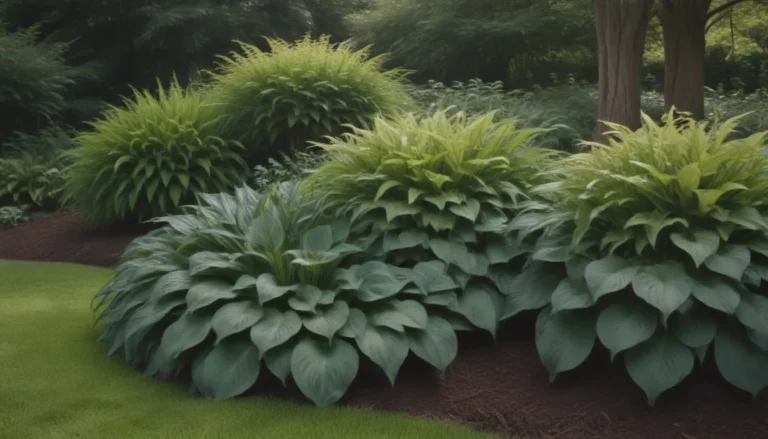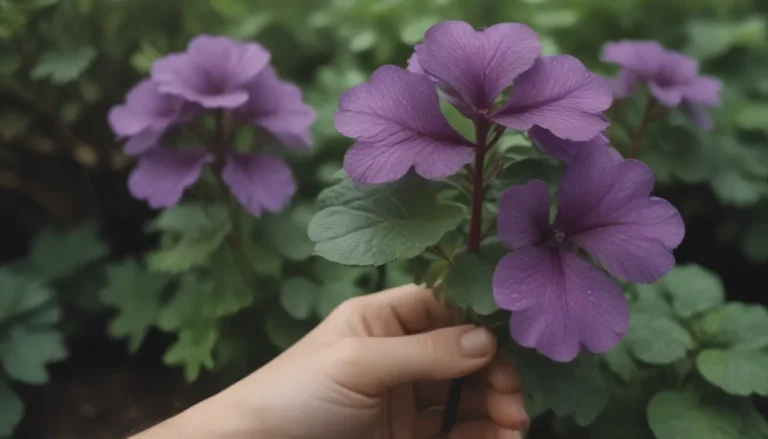The Ultimate Guide to Growing and Caring for Persian Shield Plants
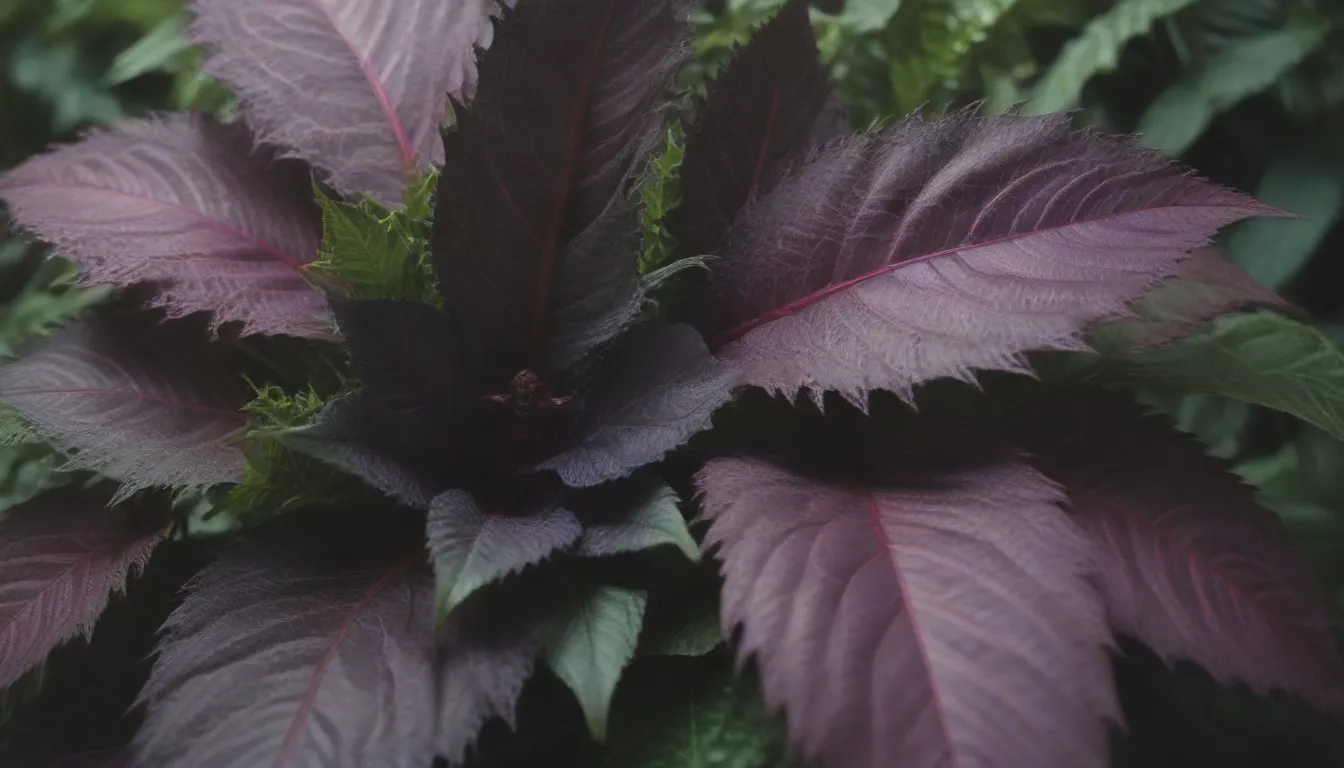
If you’re looking to add a touch of vibrant color to your garden or indoor space, the Persian shield plant is an excellent choice. With its flashy purplish iridescence and silvery metallic sheen, this plant is truly a showstopper. In this comprehensive guide, we will delve into everything you need to know about growing and caring for Persian shield plants to ensure they thrive in your space.
Introduction to Persian Shield Plants
While the name “Persian shield” may lead you to believe this plant hails from Persia, it is actually native to Myanmar (formerly Burma). In hot climates, Persian shield serves as an evergreen subshrub, while in cooler regions, it is grown as an annual or herbaceous perennial. It is also a popular choice as a houseplant due to its tendency to bloom during the winter months. However, the vibrant purple color of the leaves may fade over time, leading to the discarding of both outdoor and indoor plants after a few years.
As an annual plant, Persian shield is typically planted from potted nursery starts in the spring once the soil has fully warmed. In warm, humid conditions, this plant grows rapidly, with a small potted nursery plant transforming into a bushy 2-foot plant within a matter of weeks.
Persian Shield Care Tips
To ensure your Persian shield plant thrives, it is important to provide the right care and attention. Here are some essential care tips to keep in mind:
Light
- Persian shield thrives in dappled sunlight conditions.
- While it can tolerate full sun in cooler climates, partial shade is ideal for showcasing its shiny foliage.
- Ensure indoor plants receive plenty of bright light, including some direct sunlight to maintain their color.
Soil
- Persian shield thrives in neutral soil with a pH range between 5.5 and 7.5.
- It can tolerate slightly acidic soil and grows best in well-draining conditions.
Water
- Ensure the plant receives an adequate amount of water to prevent leaf drooping.
- Provide at least 1 inch of water per week for garden plants, increasing the frequency during hot conditions when necessary.
- Indoor plants may require daily watering, especially in dry environments.
Temperature and Humidity
- Persian shield prefers warm temperatures above 60 degrees Fahrenheit and humid air.
- It is best suited for USDA zones 10 and 11, where it grows as an evergreen, and zones 8 and 9, where it behaves as a perennial.
- Maintain humid conditions for indoor plants to prevent leaf drying and dropping.
Fertilizer
- Feed Persian shield plants lightly at the beginning of the season and mid-summer, especially if grown in rich soil.
- For potted plants, provide half-strength feedings every two to four weeks using a fertilizer high in nitrogen.
By following these care tips, you can ensure your Persian shield plant remains healthy and vibrant throughout the growing season.
Types of Persian Shield Plants
While there are no named cultivars of Persian shield plants, the genus Strobilanthes comprises over 350 species used in garden settings. Some related species that can be used as garden plants include:
- Strobilanthes alternata
- Hemigraphis alternate
- S. maculata
- S. lactate
Pruning and Propagation
To maintain a full and bushy Persian shield plant, regular pruning is essential. Pinching back the leaves helps create a fuller plant and prevents it from becoming tall and leggy. When propagating Persian shield plants, stem cuttings are a simple and effective method to start new plants. Spring and early summer are the best times to take cuttings, though fall can also be suitable for starting plants indoors for the following spring.
Growing Persian Shield From Seed
While seed propagation is not common for Persian shield plants, it is possible to find commercial seeds through specialty seed companies or exchanges. However, seeds are not readily available, as the plant’s flowering time may not align with seed production. If you manage to collect seeds from indoor plants, sow them in spring or start them indoors in late winter under warm conditions for successful germination.
Potting and Repotting
Potting Persian shield plants is a popular choice, as they adapt well to container culture. When selecting a pot, ensure it has good drainage to prevent waterlogging. Repotting every few years is recommended, along with root pruning to control plant size. If your plant becomes woody or leggy, take stem cuttings and discard the original plant to rejuvenate its appearance.
Overwintering and Common Pests
When grown as annuals, Persian shield plants are typically discarded in cold weather, but they can also be dug up and potted for indoor growth during the winter. To overwinter garden plants, use a layer of mulch to protect the roots in zones 8 to 11. Persian shield plants are relatively pest-resistant, but aphids and whiteflies may appear, particularly on indoor plants. Control these pests using horticultural oil to keep your plants healthy.
Troubleshooting Common Problems
While Persian shield plants are relatively easy to grow, some common issues may arise:
Color Fades
- Fading leaf color can occur due to unsuitable growing conditions, such as insufficient humidity or excessive sunlight.
- It is natural for the plant’s color to fade after flowering, especially with indoor plants.
- Propagate new plants through stem cuttings to maintain vibrant color.
Plants Flop Over
- Leggy growth and plant flopping can result from inadequate sunlight.
- Pinch back stems regularly to encourage bushy growth and prevent flopping.
Leaves Wilt
- Provide ample moisture, especially during hot weather, to prevent leaf wilting.
- Indoor plants in dry environments may require frequent watering to maintain leaf health.
By addressing these common problems promptly, you can ensure your Persian shield plant remains healthy and visually striking throughout its growth cycle.
Conclusion
As you embark on your journey to grow and care for Persian shield plants, remember to provide the right growing conditions, including adequate sunlight, water, and humidity. Regular pruning and propagation will help maintain the plant’s appearance and vigor over time. Whether you choose to grow Persian shield plants in your garden or as houseplants, their vibrant foliage is sure to make a stunning visual impact in any setting. With the tips and guidelines outlined in this comprehensive guide, you can confidently nurture your Persian shield plants and enjoy their beauty for years to come.
Remember, gardening is a rewarding experience that requires patience and care. By following the steps outlined in this guide, you’ll be well-equipped to cultivate healthy and thriving Persian shield plants in your space. Happy gardening!
Sources:
– University of Wisconsin Division of Horticulture
– Finlay, Ron. Guide to Growing and Caring for Persian Shield Plant. MasterClass, 2022.
– Wisconsin Horticulture Department of Extension
– Neal, Nellie. Gardener’s Guide to Tropical Plants: Cool Ways to Add Hot Colors, Bold Foliage, and Striking Textures. Cool Springs Press, 2012.

